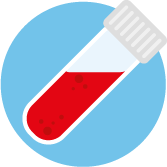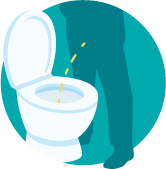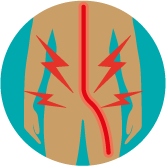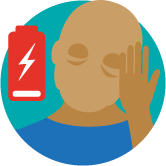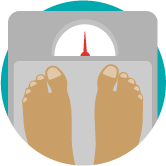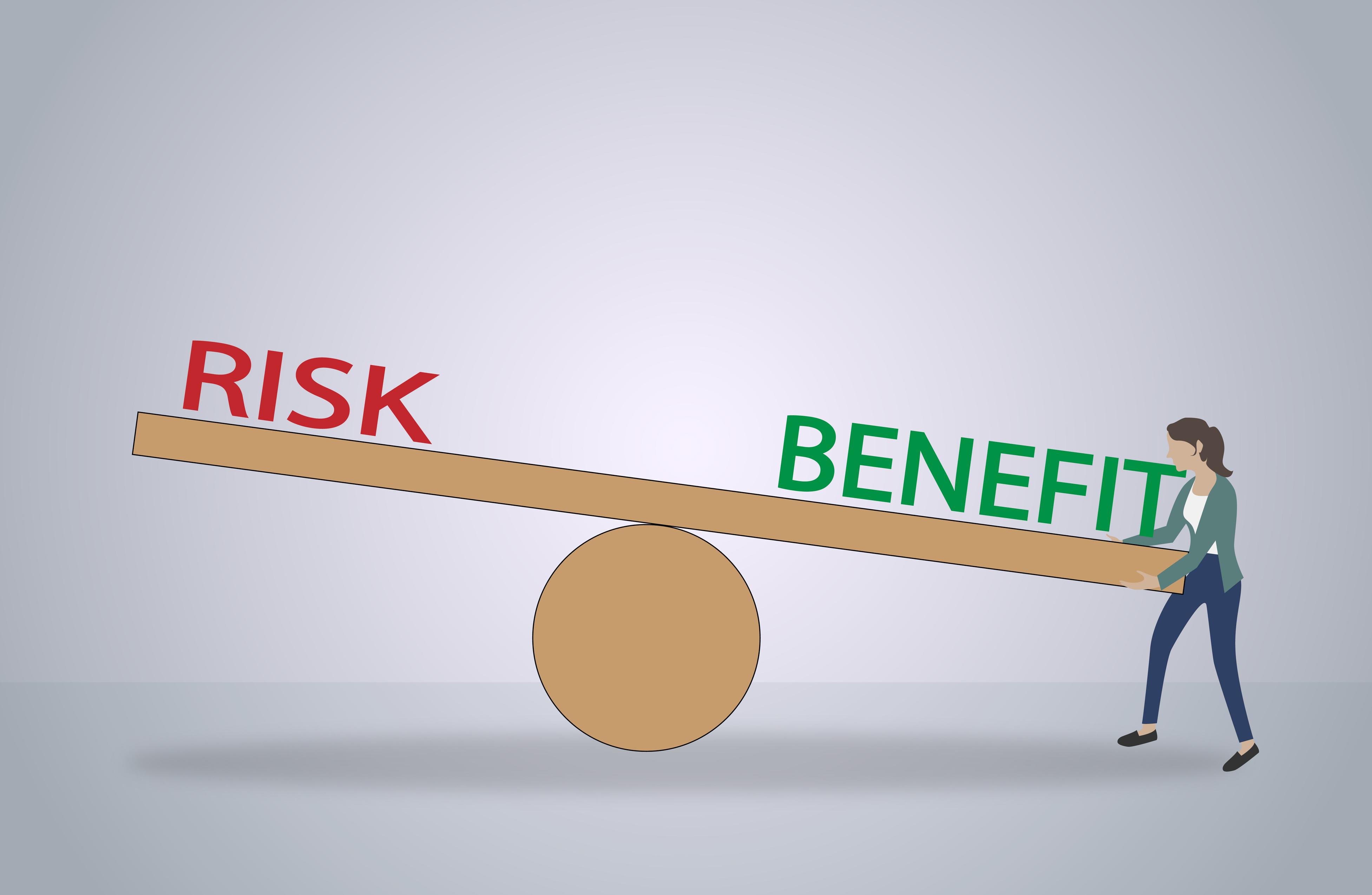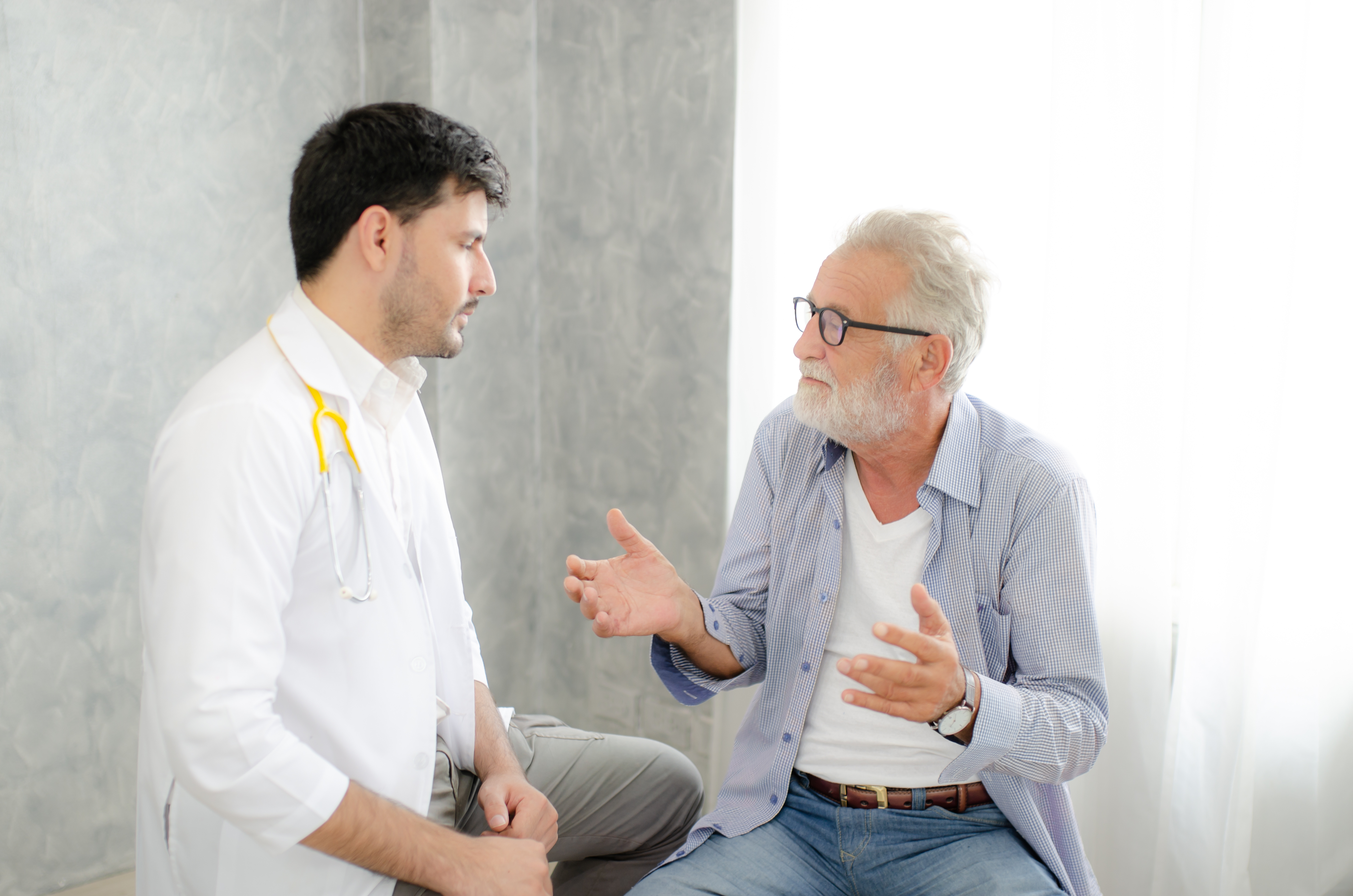Watchful Waiting
It is another way of monitoring your prostate cancer. It avoids the need for active treatment such as surgery or radiotherapy. This means you won’t get side effects that may affect your everyday life. It is different to active surveillance.

